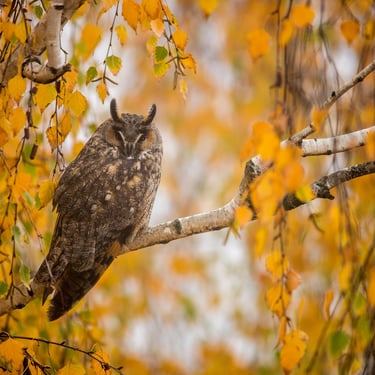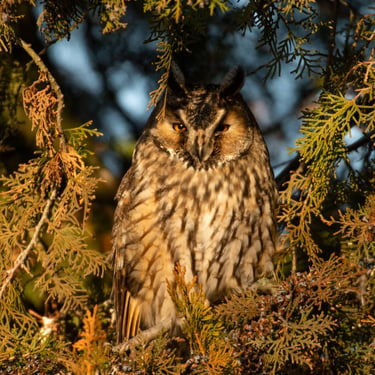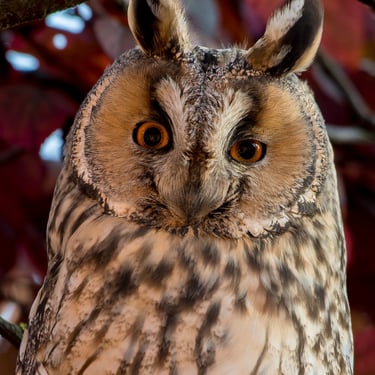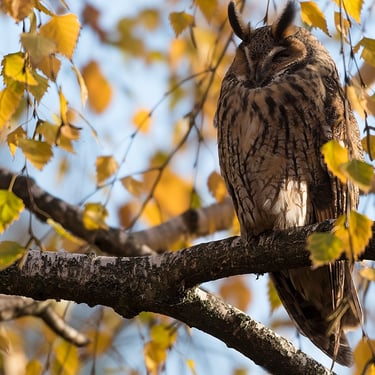
During the autumn and winter (from early November to late February), we regularly operate appr. 5 to 7 hides for resident and winter visitor birdspecies. Most of these locations have been baited for many years during the cold season, where you can photograph a variety of birds of prey, waterfowl and songbirds.
In November the weather is still not so cold and there is rarely any snow. In December and January temperature usually drops to 0 C and there might be some snow as well though it rarely lasts long.
RAPTOR HIDE
We operate two insulated, spacious (cca. 3,0m x 1,7m) dug in cabins that are heated and supplied with a hidden outdoor toilet. These hides are suitable for a whole day session (from dawn till dusk) for 2-3 people. Both are supplied with a huge pane of detective glass, so photographers have an uninterrupted wide and ground level perspective sitting on comfortable office chairs. The most common species at the feeders are Magpie, Hooded Crow, Raven, Common Buzzard, but there is a chance to photograph the resident big raptors, eg. White-tailed Eagle and Eastern Imperial Eagle. In some harsh winters Rough-legged Buzzard, Saker Falcon or Red Kite may appear, too. Lenses from 400mm to 600mm are the best choice here.

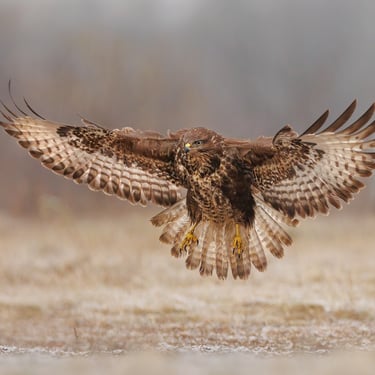


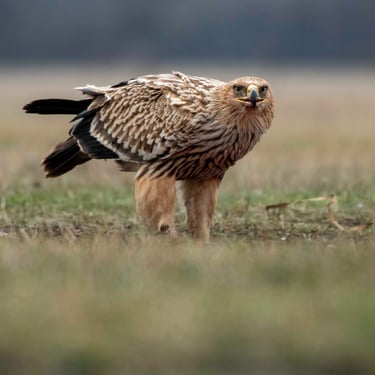

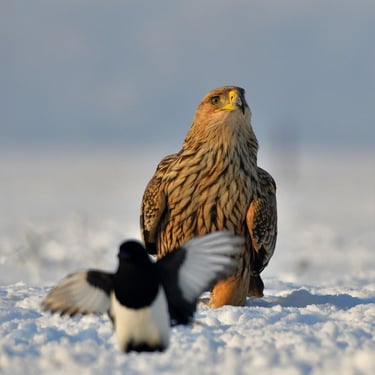
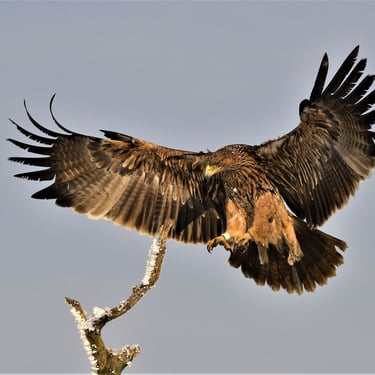
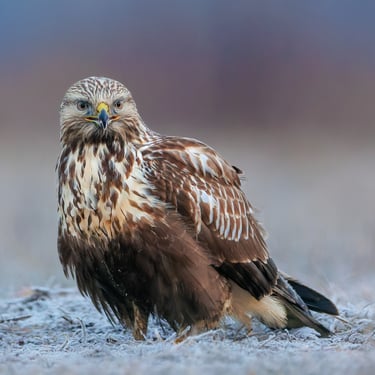
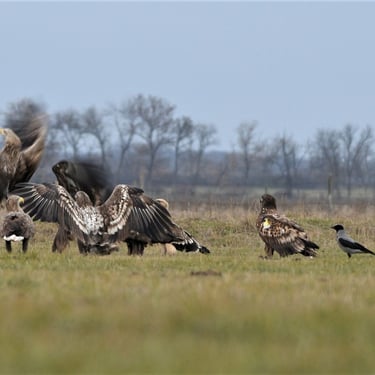



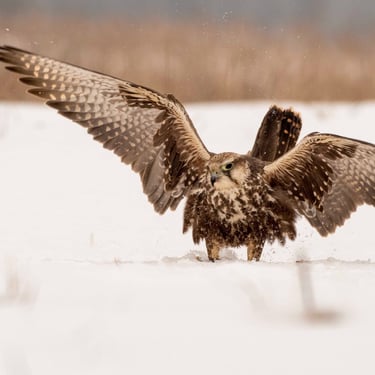


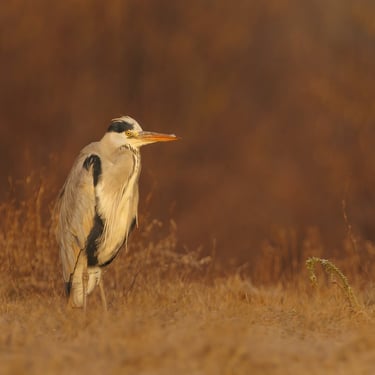

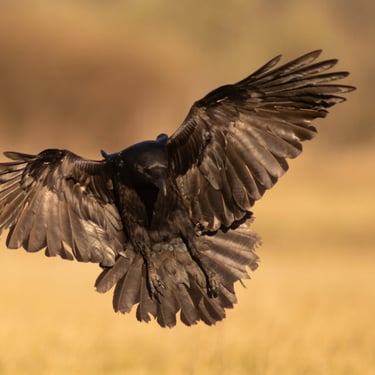
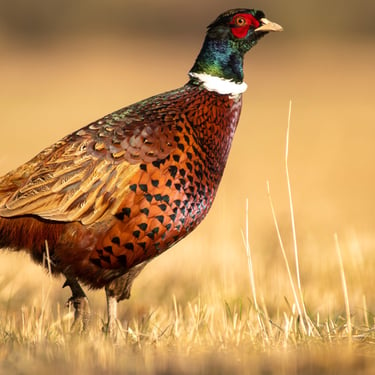

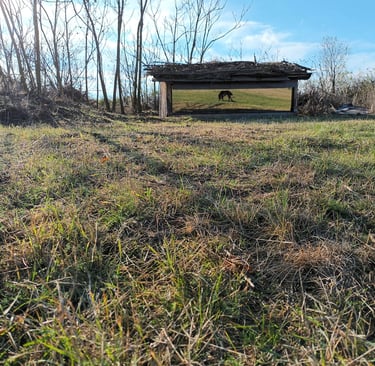
THERMAL LAKE HIDE
This floating-sunk in hide is located at a natural lakeside with a thermal water spring that prevents water from freezing even during the coldest winters. The reedbed bordered little patch of water is regularly attracting Kingfisher, Water Rail, Moorhen and reed-dwelling passerines (e.g. Bearded Tit, Penduline Tit, Reed Bunting, etc.), in some years Great Bittern, too.
There are specific feeding spots at this hide for the above mentioned species. Almost water level action shots of diving Kingfisher can be also taken using a manually operated sinking bucket containing live small fish. Lenses from 300mm to 500mm are the best choice here.
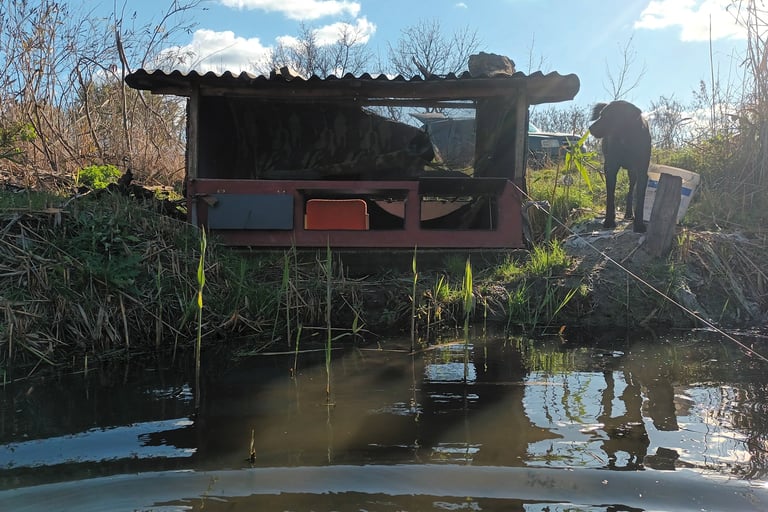

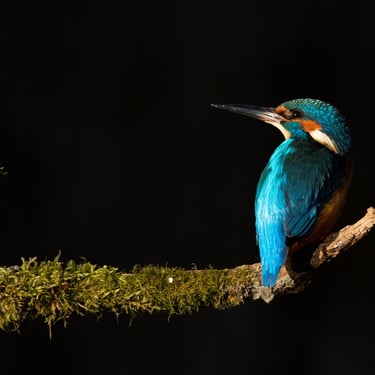
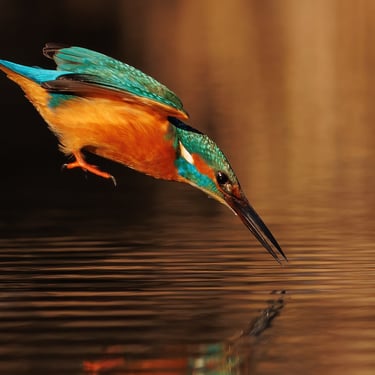
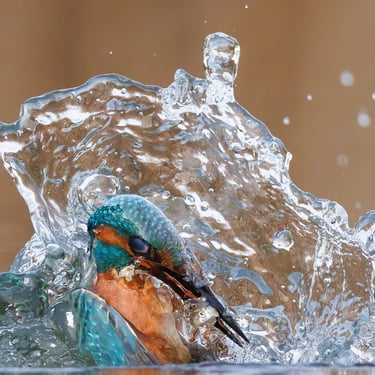
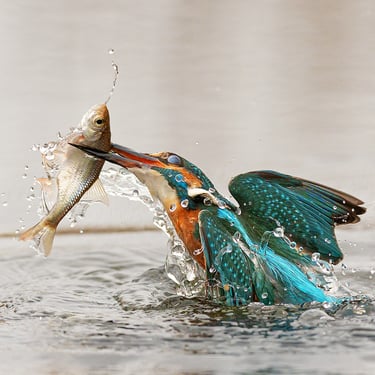
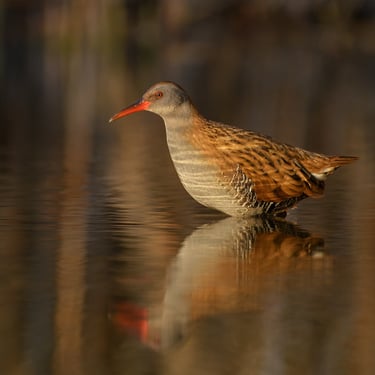
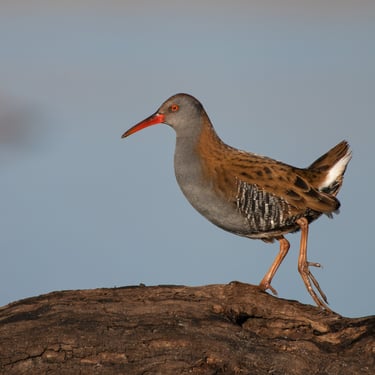
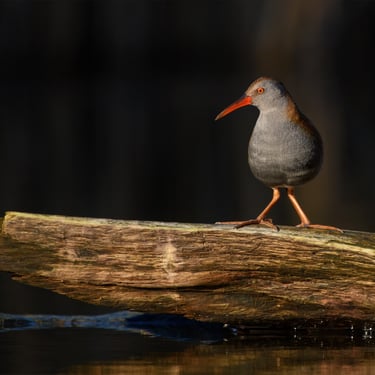
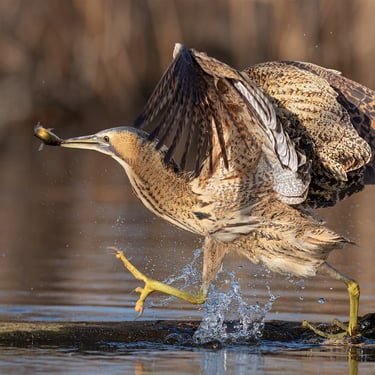
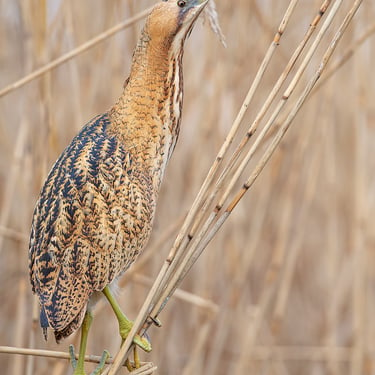
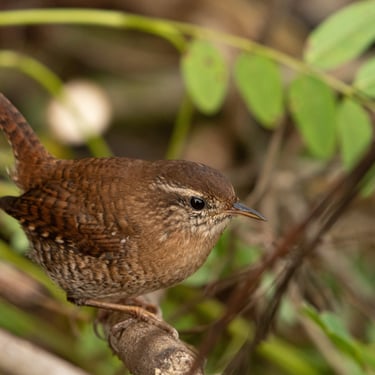


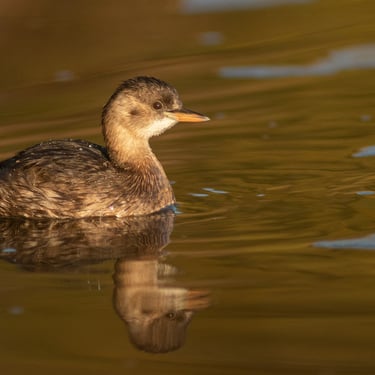


FEEDING STATIONS AND DRINKING POOLS
There are 3 dug in hides with 4-5 m long reflection pools in different habitats (mixed gallery forest, puszta grassland and planted acacia forest) with winter bird feeders. These hides can be used for photographing either with one-way glass or just with a camo netting and are comfortable for 2-3 people. Photographers have a ground level perspective in sitting position. The most common species are Great and Blue Tits, Nuthatch, but Fieldfare, Redwing, Songthrush, Mistlethrush are also attracted to drink. Hawfinch, Greenfinch, Goldfinch and Chaffinch are seasonally common. Sparrowhawk and Jay are the biggest birds around these hides, where 300mm-400mm lenses should be useful.
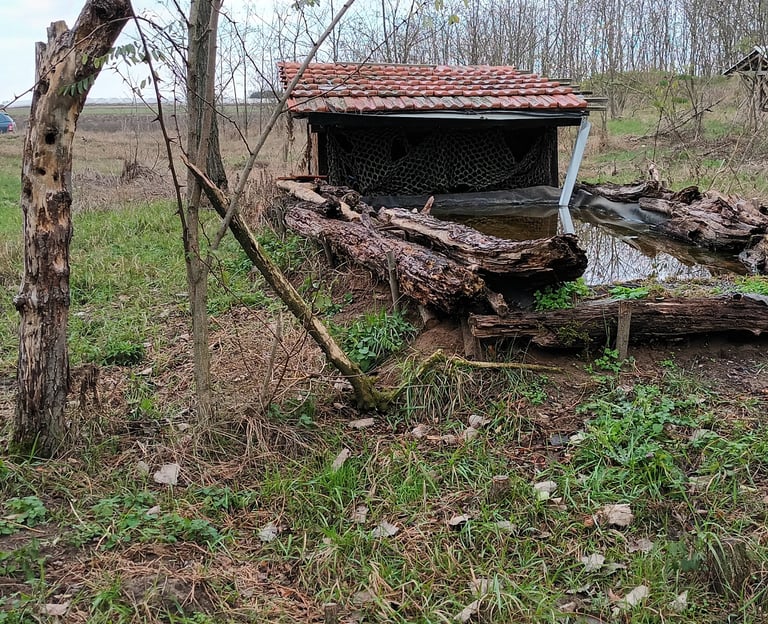

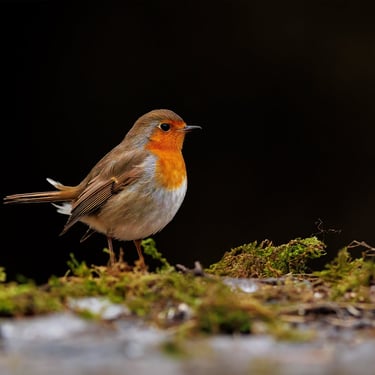
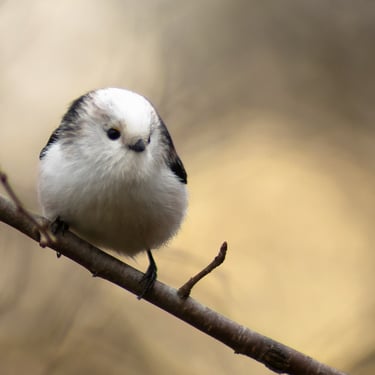
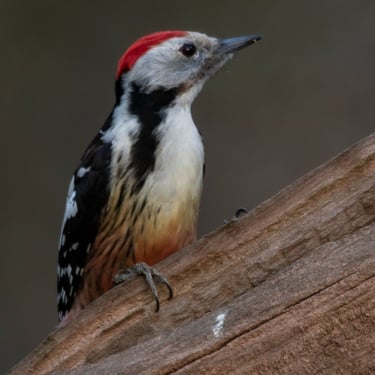

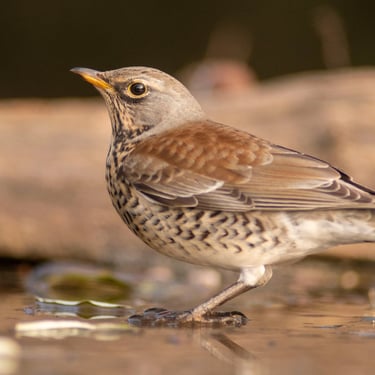
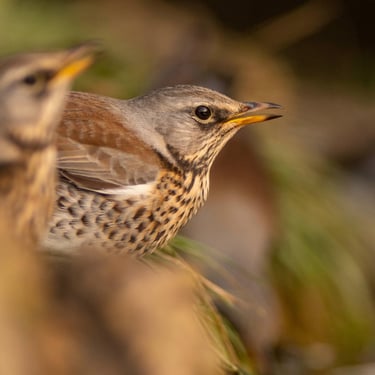

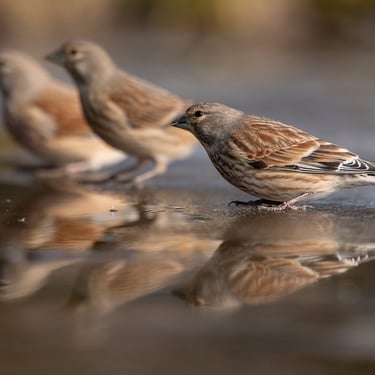
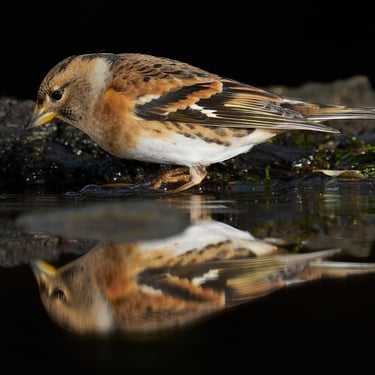
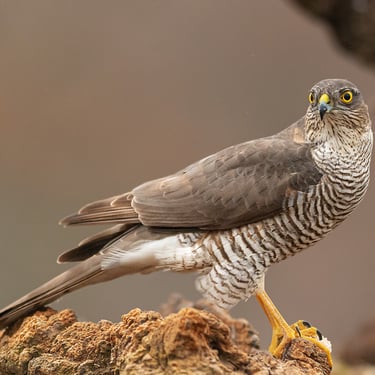
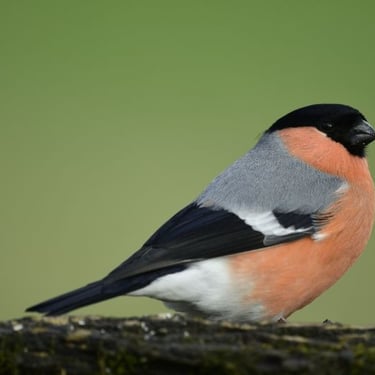
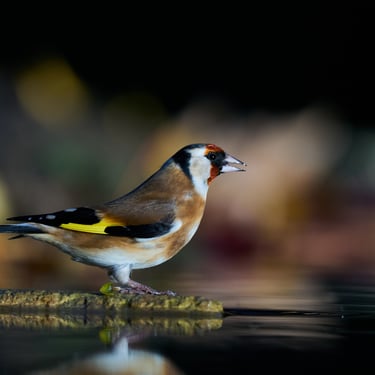
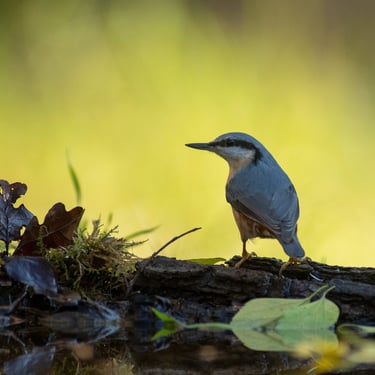
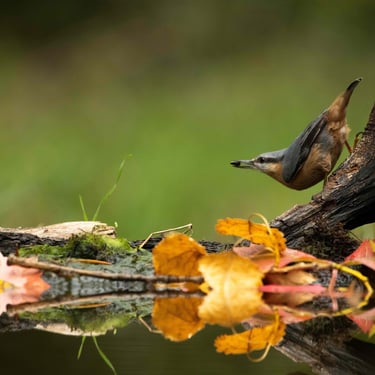

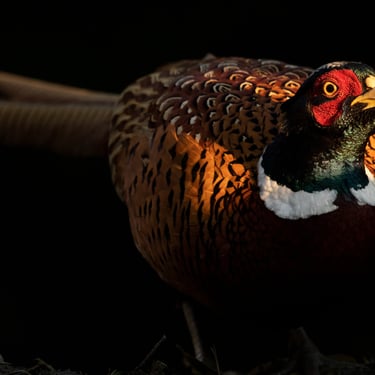
DAYTIME ROOSTS OF LONG-EARED OWLS
Long-eared Owls start gathering in their tradiotional daytime roosts in early Autumn. These places are usually on bigger trees (both deciduous and coniferous) of calm districts, streets of villages and even smaller towns. Birds would spend the whole day in these spots and leave only before sunset, returning at dawn. The number of birds in roosting sites varies a lot, normally between 10-40. The most frequently used trees are well recognisable due to large quantity of pellets and patches of white feces on the branches and ground. We regularly visit two places, at the nearby town we can even use the open windows of a neighbouring high building to photograph them from almost eye level.
